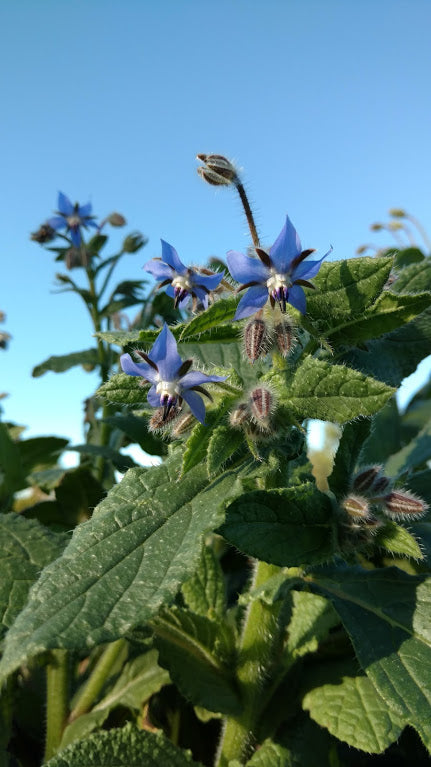
11 Uses for Borage
I LOVE BORAGE! Yes, I am that excited to share this info with you. Borage is an old plant that has a number of medicinal properties and culinary uses. It...
Mary Smith |
Welcome to our store Learn more

I LOVE BORAGE! Yes, I am that excited to share this info with you. Borage is an old plant that has a number of medicinal properties and culinary uses. It...
Mary Smith |

January is Plant for Pollinators month at Mary's Heirloom Seeds so this how-to article is just in time! Borage (Borago officinalis) is an amazing plant to grow in your garden...
Mary Smith |
Over 1,000 varieties of Heirloom Seeds
Free Shipping on Qualifying orders of $20 or more
Planting guides to help you grow a successful garden